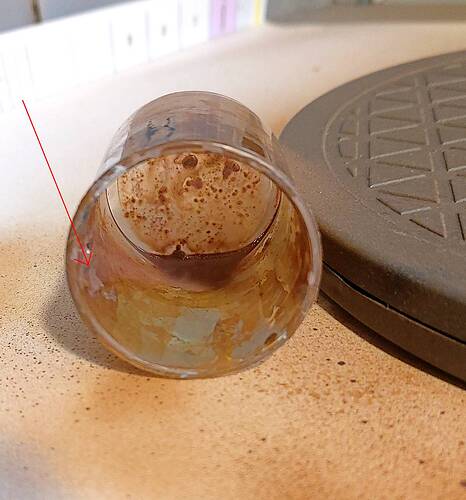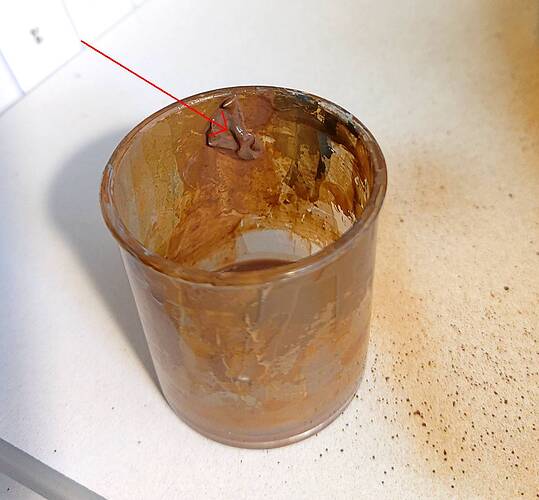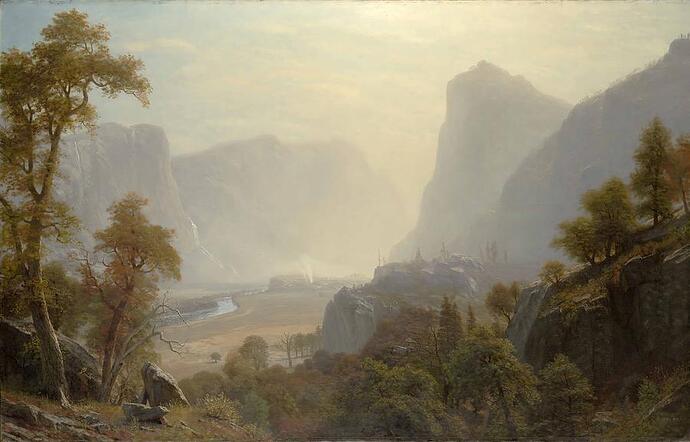If there is one single reason to give up a hobby it’s the airbrush.
I have a love hate relationship with mine.
It seems just when I think I have it all worked out s$#t happens again.
Yesterday I started to prime my current project. (ICM Leyland Retriever). I’ve been using Mig Ammo primer with mixed success. When it works it’s brilliant. When it doesn’t there’s a danger of the air brush ending up in our pool.
So I set air pressure as per my last job. Thinned as per my last job. Sprayed for 4-5 minutes then the $##%@ started. It simply wouldn’t spray. Bubbled back in the paint cup. Air back out the trigger. Spitting and pulsing. So I stopped work and stripped the gun and gave it a full clean in the ultra-sonic cleaner.
Started again. Same thing. 5 minutes and %$#@ happened again.
I’m normally a mild-mannered guy but this was pushing things.
Third time same thing. Time for bed.
This morning I started again. %$^%$#$%^&&. Same thing. “What the %$#@”.
I drained the paint cup. I mix my paints in a small plastic pot. THERE in the bottom of my pot was sludge. Bits and pieces. And strips of ‘skin’. (See images. Red arrows. Ignore the colour of the pot. It has been that way for a few years).
It seems the paint is going off after I thin it. I use a ratio of about 70% primer to 30% water. Done so for a longtime.
After a clean I sprayed water and thinner/cleaner through for a long time and gun is working fine.
So? Either our hot humid weather is having an effect. My paint has gone off. Or … ? But that crud is getting into my gun and clogging it.



